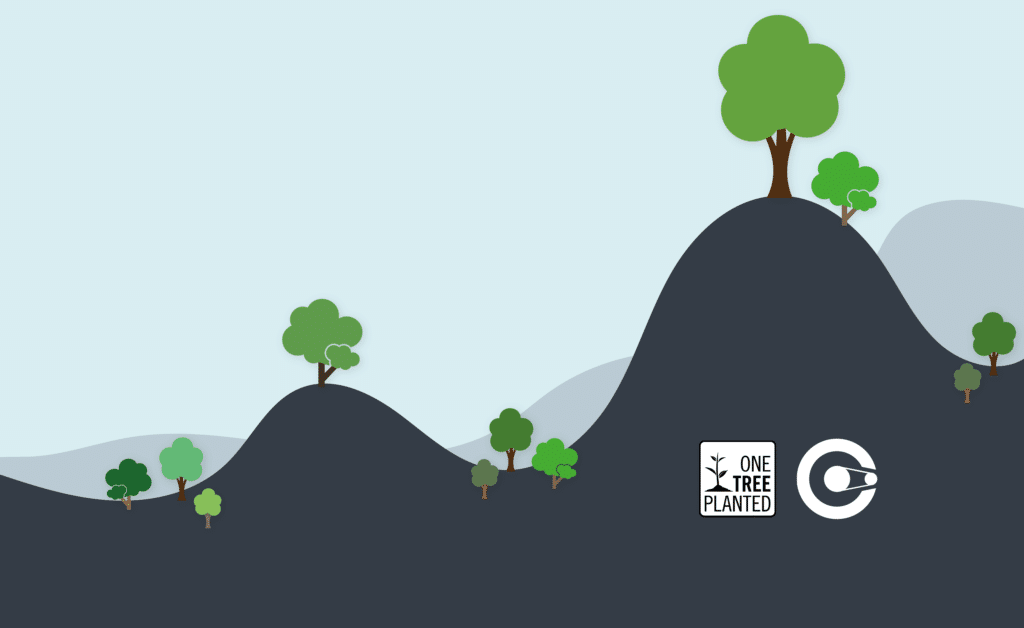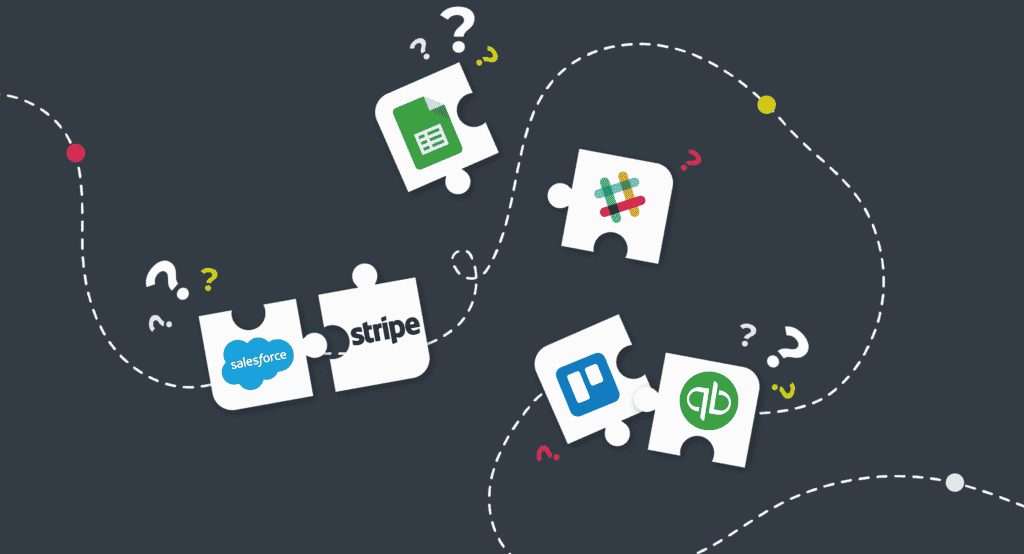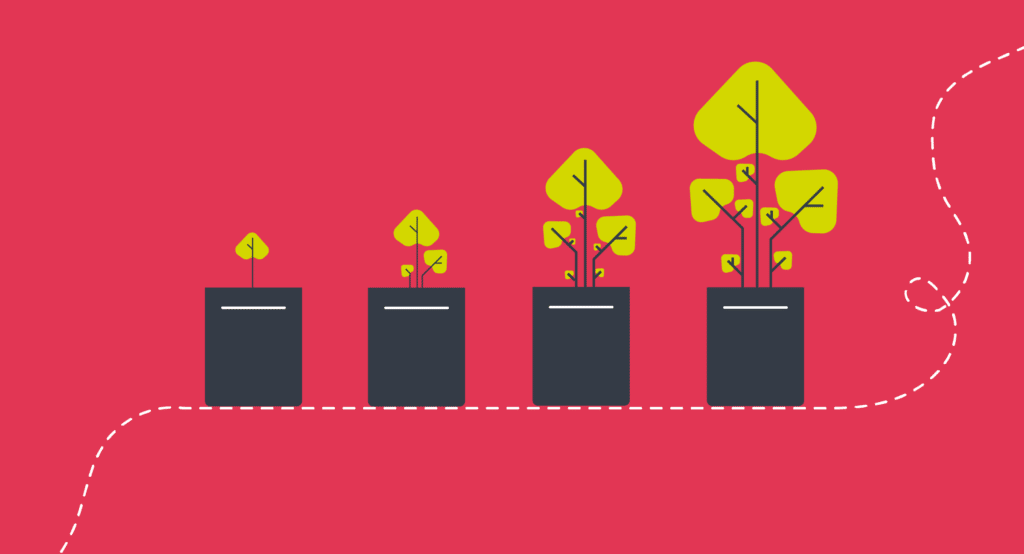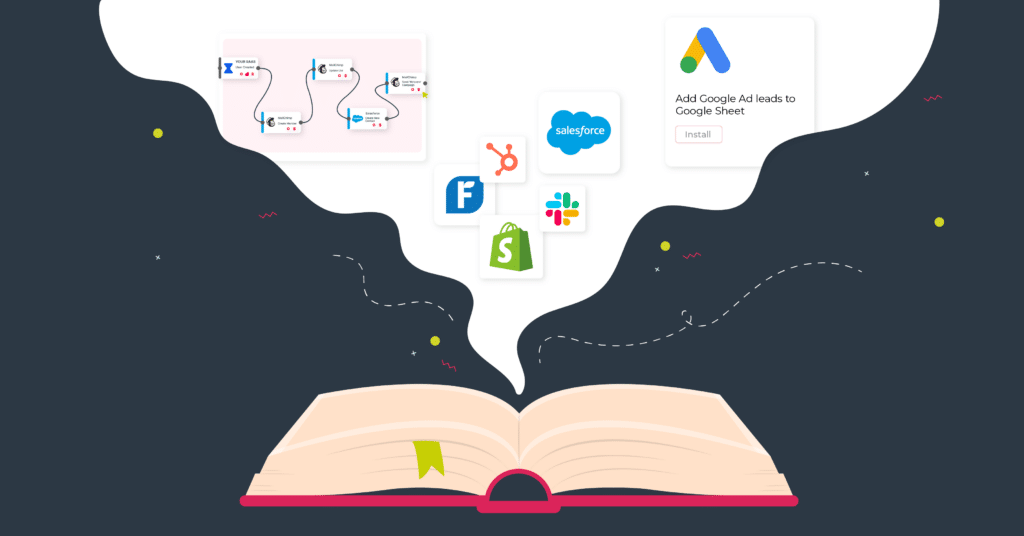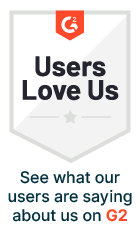
Was it just us or did we all blink and 2023 was over?! It was a busy and interesting year for the SaaS industry. In 2023 we saw growth but faced challenges due to the current economic environment.
“At its heart SaaS is an ideology on how to deliver software in the most efficient manner for all parties (vendor and customer). This delivery methodology has gone from strength to strength over the last two decades and the momentum shows no sign of abating. The benefits of a low capex model with a single subscription to a single, constantly updated, version of software is compelling. The vendor gets efficiency benefits and the customer gets software that is always up to date for lower upfront expenditure. Even though the wider tech industry can come under pressure at times, I can foresee no change in the momentum of the overall SaaS growth trajectory.”
Fraser Davidson, Cyclr CEO
We’ve put together a list of trends and developments that might shape the industry in 2024. These are based on the trajectory observed in recent years.
Advanced AI Development
Artificial intelligence (AI) and machine learning (ML) are likely to play a significant role in SaaS applications. Whether it be with more advanced features or a pause to further learn and experiment for future product developments.
What I mean by this is, yes we can expect to see more advanced features, predictive analytics, and automation capabilities embedded within SaaS platforms to help businesses make data-driven decisions and improve operational processes.
But there may also be a slight pause in the rollout of AI product advancements to B2B SaaS products. This is due to senior SaaS leaders feeling the need to further learn and experiment with the technology. Before implementing AI product functionality into their products.
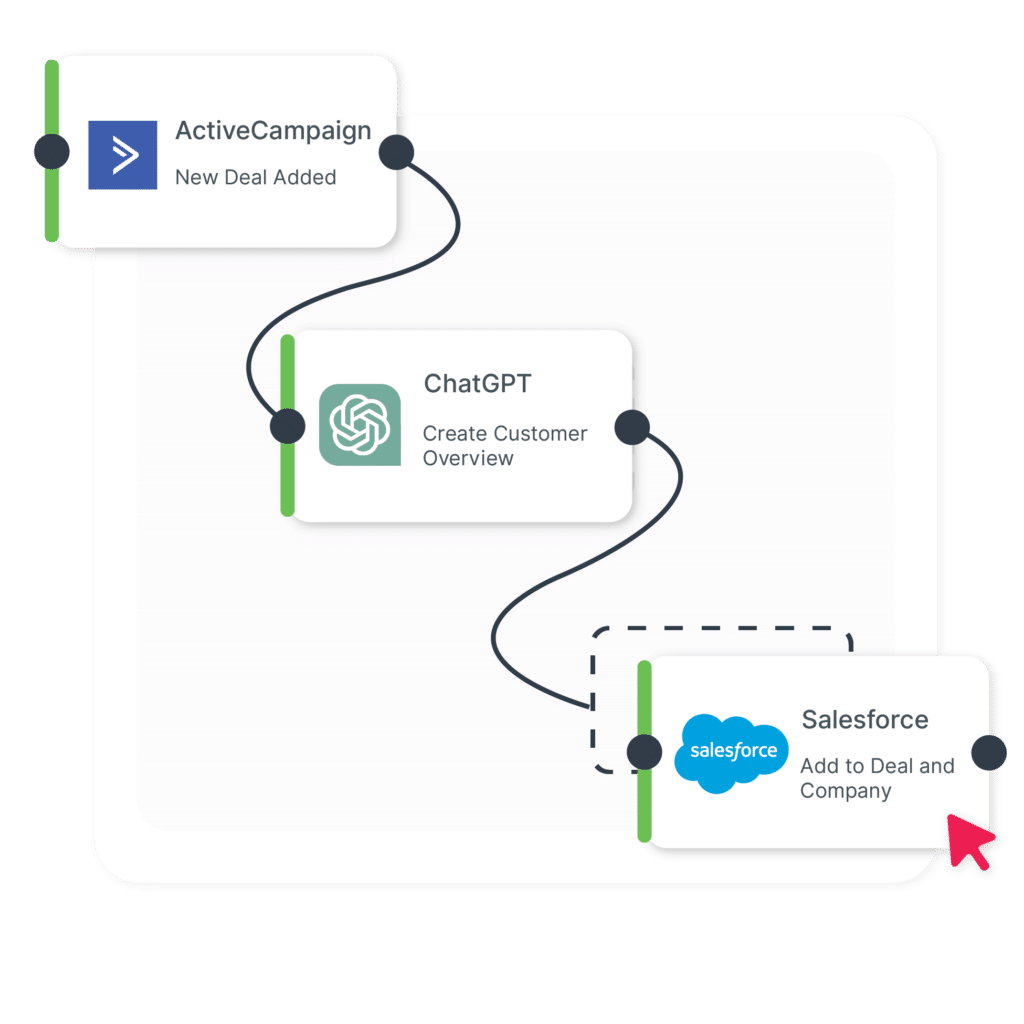
Focus on Security and Compliance
With the rising concerns about data security and privacy, SaaS providers may invest more in robust cybersecurity measures and compliance features. Businesses will likely prioritize solutions that adhere to the latest security standards and regulations to safeguard their sensitive information.
As well as this, IT leaders are trying to get a grip on internal AI tools used across organisations and supply chains. They want to get a handle on unsanctioned AI tools and reduce third-party risk and data privacy. This is to ensure security across the organisation isn’t compromised and results in a costly error.
Shift in Focus to Efficiency
With budget constraints during 2023 and likely to continue into 2024 SaaS organisations are shifting focus and driving efficiency within their organisations. This means organisations and senior leaders within those SaaS businesses will be increasingly expected to validate their investments.
These investments whether it be in tools, employees etc. will not only need to demonstrate risk reduction and business continuity but also illustrate cost savings.
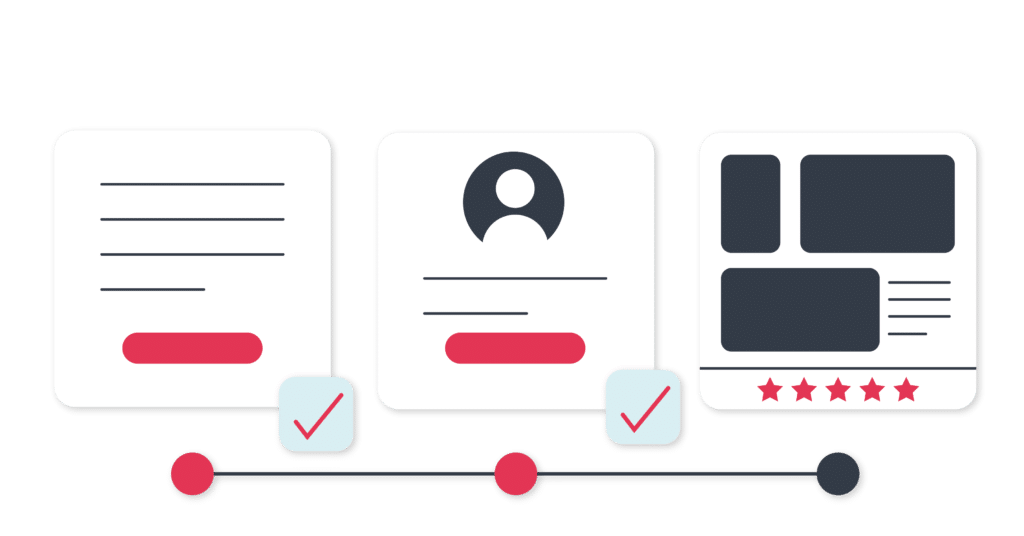
Scaling Customer Success Operations
Looking into 2024 there will be an increased effort to meet customer expectations and achieve customer success, which ultimately means business success. This means customer success teams are going above and beyond to ensure new SaaS users are becoming successful quickly after purchasing their products.
In other words, they are ensuring new customers get the most value out of the product, which can in the future result in increased use and upgrades. This then translates into improved customer loyalty and increased retention.
Customer success teams are also achieving this success with the help of integrations.
Pricing Experimentation and Subscription Model Evolution
The traditional subscription model may evolve, with SaaS providers experimenting with different pricing structures and subscription plans. This could include more flexible options, tiered pricing based on usage, or innovative models to cater to varying customer needs.
Rise of Industry-Specific SaaS Solutions
General-purpose SaaS solutions will continue to be popular, but there may be a surge in industry-specific (Vertical) SaaS offerings tailored to the unique needs and requirements of specific sectors. This trend could result in more niche solutions catering to diverse business verticals.
Environmental Sustainability Initiatives
As environmental concerns become more prominent, SaaS providers may focus on sustainability initiatives. This could involve optimising data centre energy usage, reducing carbon footprints, and promoting eco-friendly practices in software development and delivery.
For example, at Cyclr we partnered with Digital Humani and installed a tree planting initiative for every time we receive a new subscriber or form fill we automatically plant a tree. This is just one of the ways we are offsetting our carbon footprint.
Final thoughts on SaaS in 2024
It’ll be an interesting year and we look forward to seeing how these trends ebb and flow and continue to grow and develop over the year ahead.
These SaaS industry predictions depend on various factors such as emerging technologies, market dynamics, and evolving customer needs which are studied to help us determine the future of SaaS developments.

